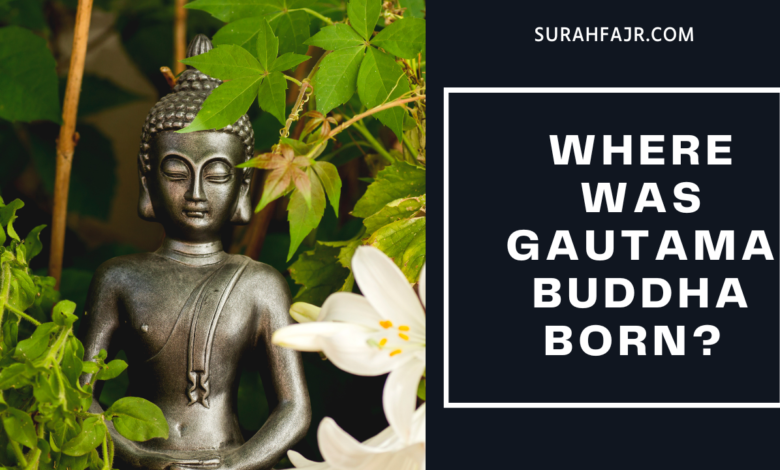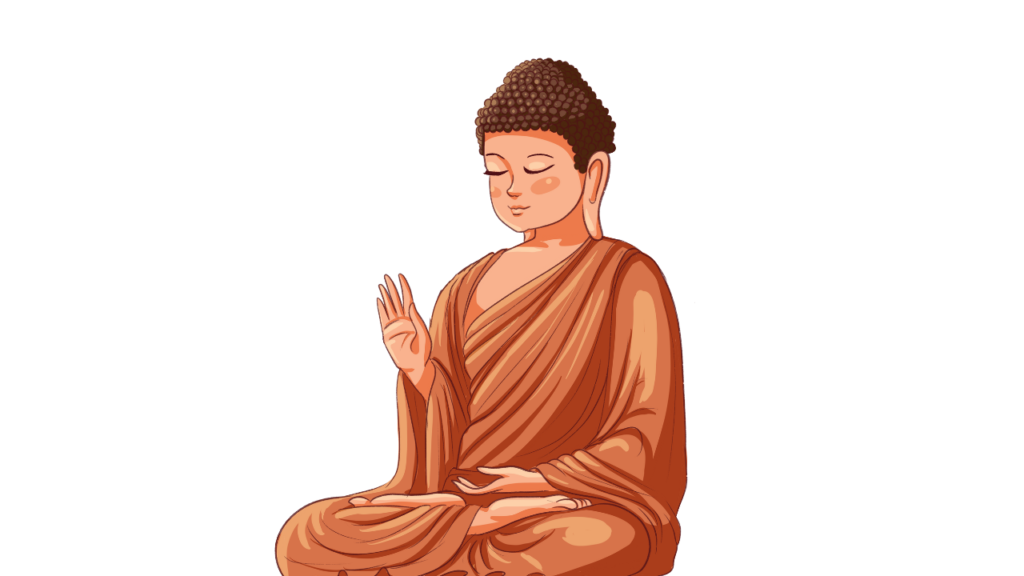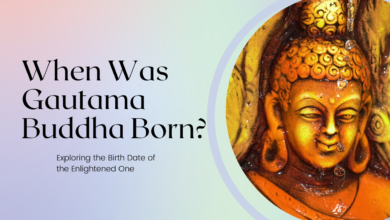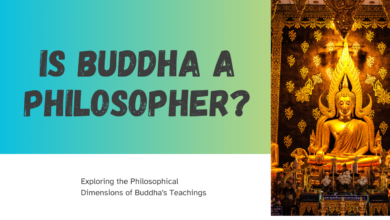
Where Was Gautama Buddha Born?
Gautama Buddha was born in Lumbini, which is in present-day Nepal.

Introduction
Gautama Buddha, also known as Siddhartha Gautama, was the founder of Buddhism, a major world religion that has had a profound impact on the spiritual and philosophical landscape of Asia and beyond. The birthplace of Gautama Buddha holds immense significance for millions of Buddhists worldwide. In this article, we will explore the historical and geographical context of the birth of Gautama Buddha and the importance of Lumbini, Nepal as the birthplace of this influential figure.
The Historical Context
Siddhartha Gautama was born approximately 2,600 years ago, around 563 BCE, during a time of great intellectual and spiritual ferment in ancient India. His birth is a pivotal moment in the history of religion and philosophy, as it marks the beginning of Buddhism, a faith that has millions of followers across the globe.
The Birthplace of Gautama Buddha
The birthplace of Gautama Buddha is located in Lumbini, which is situated in the Rupandehi District of Nepal. Lumbini is an ancient town with deep historical and religious significance. According to Buddhist tradition, Queen Mayadevi, the mother of Siddhartha Gautama, gave birth to him while holding onto a Sal tree in the Lumbini garden. This event is described in Buddhist scriptures and has been a focal point of pilgrimage for Buddhists for centuries.
Lumbini: A UNESCO World Heritage Site
Recognizing the cultural and historical importance of Lumbini, it was declared a UNESCO World Heritage Site in 1997. This designation highlights the need to protect and preserve the sacred birthplace of Gautama Buddha. Lumbini offers a peaceful and serene atmosphere for pilgrims and tourists alike, and it has become a center for spiritual reflection and learning.
Also Check
- How Buddha Died?
- When Was Gautama Buddha Born?
- Is Buddha Avatar Of Vishnu?
- How Many Gods Does Buddhism Have?
- Does Buddhism have a God?
The Sacred Garden
One of the most significant attractions in Lumbini is the Sacred Garden, a vast area where the birth of Gautama Buddha is believed to have occurred. This garden is beautifully landscaped and features a number of monasteries and temples built by various Buddhist communities from around the world. Each of these structures reflects the architectural styles and cultural influences of the respective regions they represent.
Maya Devi Temple
The Maya Devi Temple is a central point of reverence within the Sacred Garden. It is located at the exact spot where Queen Mayadevi is believed to have given birth to Siddhartha Gautama. The temple houses an ancient stone relief that portrays the birth of Buddha. Pilgrims come from all over the world to offer their prayers and pay homage to this sacred site.
The Eternal Peace Flame
Within the Sacred Garden, there is also an Eternal Peace Flame, symbolizing peace, tranquility, and the universal teachings of Buddhism. The flame was ignited by the then-Secretary General of the United Nations, U Thant, in 1986, signifying the importance of Lumbini as a place of global significance.
Conclusion
The birthplace of Gautama Buddha, Lumbini, Nepal, holds immense importance for Buddhists and is a site of historical and cultural significance. It represents the birth of a figure whose teachings have had a profound impact on the world, promoting compassion, non-violence, and the pursuit of enlightenment. Lumbini, as a UNESCO World Heritage Site, stands as a symbol of peace and a place for spiritual introspection. Pilgrims and visitors continue to be drawn to this sacred site, seeking inspiration and a deeper understanding of the life and teachings of Gautama Buddha.

(FAQs) about the birthplace of Gautama Buddha:
Where was Gautama Buddha born?
Gautama Buddha was born in Lumbini, which is in present-day Nepal.
Is Lumbini a city or a region?
Lumbini is a region in the Rupandehi district of Nepal. It is also considered a UNESCO World Heritage Site.
When was Gautama Buddha born in Lumbini?
Gautama Buddha, also known as Siddhartha Gautama, is believed to have been born in Lumbini in 563 BCE.
What is the significance of Lumbini in Buddhism?
Lumbini is of immense importance in Buddhism as it is the birthplace of Siddhartha Gautama, who later became the Buddha, the founder of the Buddhist faith. It is a pilgrimage site for Buddhists from around the world.
Are there any historical or archaeological sites in Lumbini related to Gautama Buddha’s birth?
Yes, there are several archaeological and historical sites in Lumbini, including the Maya Devi Temple, the marker stone indicating the exact birthplace, and the sacred garden, all associated with Gautama Buddha’s birth.
What is the Maya Devi Temple in Lumbini?
The Maya Devi Temple is a Buddhist temple located in Lumbini, Nepal. It is believed to have been built over the exact spot where Gautama Buddha was born. The temple is an essential pilgrimage site for Buddhists.
Can visitors go to Lumbini to see the birthplace of Gautama Buddha?
Yes, Lumbini is open to visitors, and you can visit the historical and religious sites associated with the birth of Gautama Buddha.
Is Lumbini only significant to Buddhists?
While Lumbini holds the most significance for Buddhists, it is also of interest to historians, archaeologists, and tourists who appreciate the historical and cultural importance of the site.
How can I reach Lumbini if I want to visit it?
Lumbini is accessible by air, road, and rail. You can fly to Gautam Buddha International Airport, take a bus or drive by road, or even arrive by train to nearby stations and then travel to Lumbini.
Are there any restrictions or guidelines for visiting Lumbini as a tourist or pilgrim?
While there are no specific restrictions for visiting Lumbini, it’s important to respect the religious and cultural significance of the site. Visitors are encouraged to dress modestly and behave respectfully when in and around the religious sites.


